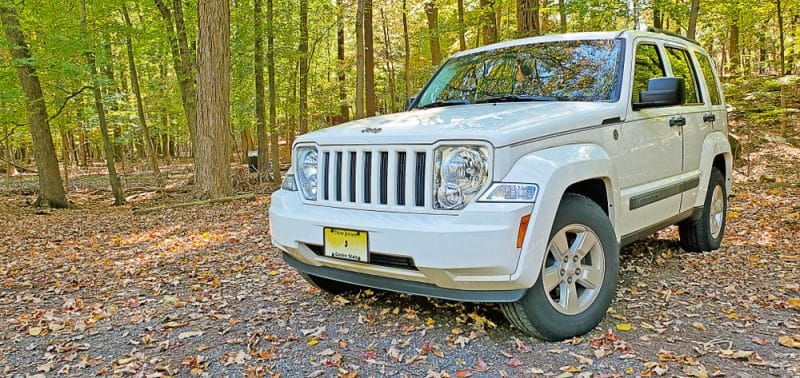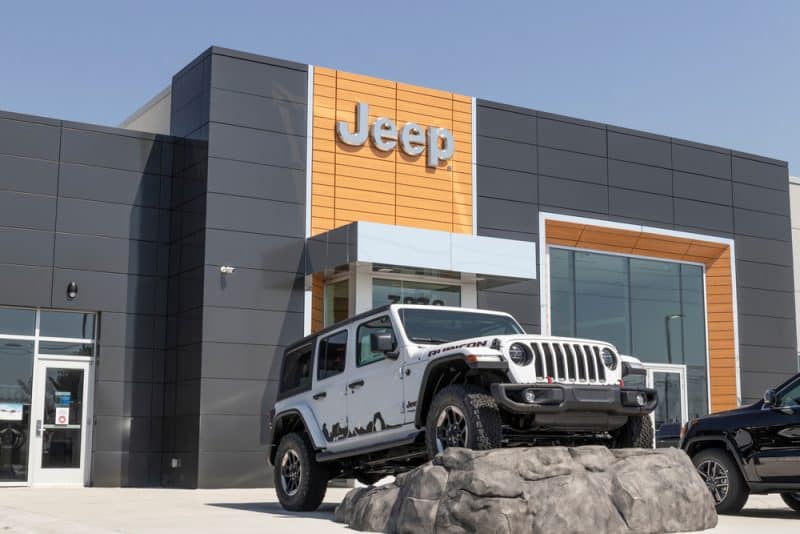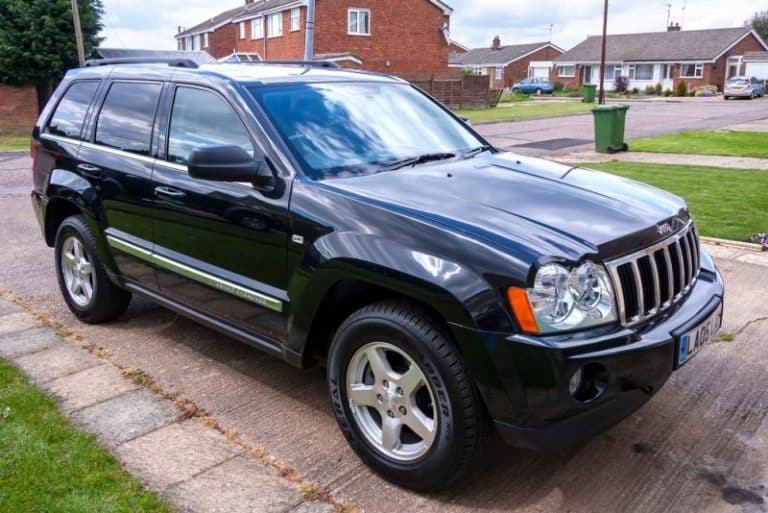Does A Jeep Liberty Have CVT Transmission? (Let’s Find Out)
For your car to run smoothly, you need just more than a perfectly working internal combustion engine.
A transmission system can play a vital role in how smoothly you drive around on your Jeep Liberty Model.
Want to know how a transmission contributes to a smooth and perfect ride? Tag along as I elucidate more about the Jeep Liberty transmission.
Unfortunately, the Jeep Liberty model does not operate on CVT transmission. Still, your Jeep Liberty runs on an automatic transmission. So whenever you engage a different gear at manual speed, the action is carried out by an automatic transmission but not a CVT transmission system.
What is CVT Transmission?

A CVT Transmission is a continuous variable transmission with a modified gearbox system.
This transmission system is an automatic system that changes seamlessly through various gears when engaged.
These engagements are measured in gear ratios, and the effect is observed on the car’s speed as it changes from one level to another.
The transmission converts the energy generated by the combustion engine into a physical momentum that produces motion.
The components of the car transmission system include the belt and the gear system.
These components are attached close to the engine to perform their function effectively.
A CVT transmission is a continuous variable transmission that seamlessly changes through a non-stop range of effective gear ratios.
This gear ratio is engaged separately without your knowledge, and the speed also changes likewise.
The CVT transmission system is also a single-speed, shiftless, and stepless transmission system.
In the CVT transmission system, a series of gears work by transmitting power to the wheels of a vehicle through a system of pulleys with different widths.
These pulleys with variable widths connect to a belt and the wheels.
The engine is attached to one of the pulley systems, where it receives the energy generated by the combustion engine.
The other pulley is attached to the wheel, where it transmits the energy from the engine for the motion to be produced.
The automatic nature of the CVT offers unequal flexibility that sustains a continuous angular velocity regardless of output speed.
Today, the CVT is now a popular transmission type on almost any modern car. This popularity is because your car gets as much power from a smaller engine.
And this efficiency is occasioned by the effective transmission of power generated by the engine towards the shaft for onward motion.
How does CVT Transmission work?
The more gears a vehicle possesses, the better its chances of optimizing engine speed in different driving conditions.
In optimization, the efficiency of fuel consumption also comes to focus.
In the CVT transmission system, with the aid of the pulley system, low gears offer good acceleration while the higher gears work for the fuel economy.
This economy is observed in the engine MPG within city movements. Most drivers have also reported a reduced MPG city HWY fuel consumption using the CVT transmission.
In simpler terms, you can see the CVT transmission as two cone-shaped metals bound by a chain with a tiny end facing a large opposite end.
This arrangement obliterates the need for gears, like in the case of the automatic system.
Instead, the opposite arrangement offers a wide range of variable diameters on which the vehicle can run. At the end of the smaller diameters of the cone, the pulleys are located.
One of the pulleys is connected by a belt to the engine, and another connects to the wheel. A groove forms at the point where both cones of varying diameters meet.
This groove houses the belt with a cylinder in the middle of it. The belt can be of steel or any composite material. This belt connects both cylinders in the middle.
The cylinder uses a hydraulic stimulant to increase or decrease the space between the two cones.
The changes in the space between the two cones slide the belt through higher or lower diameters along the walls of the pulley.
As a result, the pulleys can change power depending on how much power the engine requires.
The cylinder carries out the changes in the space between the two cones based on the driving conditions and the changes in gear ratios by the driver.
When driving conditions change or you change the gear ratio when driving, the CVT transmission changes the speed.
These changes keep the engine in its ideal power range by transiting smoothly from one-speed level to another.
As a result of this efficiency, the vehicle’s fuel economy recorded from the use of the CVT transmission comes to be about 6%.
The smooth transition comes from the gentle sliding effect of the chain along the diameter of the cone-shaped cylinder.
This sliding effect at different levels transmits different amounts of energy. This energy transmitted is the energy generated from internal combustion engines.
This speed transmission model offers a continuous engine speed change without tampering with your engine’s efficiency.
The maximum amount of horsepower of the engine is being pulled seamlessly and effortlessly from the flexibility of the CVT transmission system.
These effortless and seamless changes in speed give drivers quicker acceleration.
What Kind of Transmission Does My Jeep Liberty Have?

Your Jeep Liberty model has an Automatic Transmission System. The speed automatic transmission in your Jeep Liberty Model is also known as the 42RLE transmission.
This automatic transmission model uses hydraulic power to shift gears. In addition, your Jeep Liberty model combines a fluid coupling converter with gear sets that afford a range of gear ratios.
The fluid coupling converter connects the engine and the transmission system.
With pressurized fluid technology, the energy generated by the combustion engine transmits to the gears; hence you can make speed changes.
This type of transmission operates basically on the principle of hydraulic control.
The automatic system engages the gears by the use of hydraulic pressure. When you put the vehicle in ‘Park,’ all the gears become locked.
Doing this prevents the car from making any forward or backward movement.
However, whenever you engage the vehicle at drive, the pressure in the hydraulic builds up to the extent that the gear is engaged, and then movement is initiated.
This kind of transmission system allows you to drive without needing a clutch.
However, the clutch system insists that you must pay attention to your vehicle whenever you intend to change speeds.
Your car can also move forward even though it experiences idling, a process known as crippling.
The automatic transmission found in your Jeep Liberty model also presents some liberty transmission problems, although they largely allow for some good ride.
The most common challenges faced by the automatic transmission include:
- Slipping shifts
- Overheating
- Delayed shifts
Should You Buy a CVT Transmission Car (How It Works)
Conclusion
The CVT transmission system is an improvement on the automatic system. Though similar, the Jeep Liberty model runs strictly on the automatic model.
The CVT transmission uses a combination of two cylinders and a pulley system to change from one speed to another seamlessly.
On the other hand, the automatic system uses a fluid coupling converter to transmit energy from the engine to the gear system.






